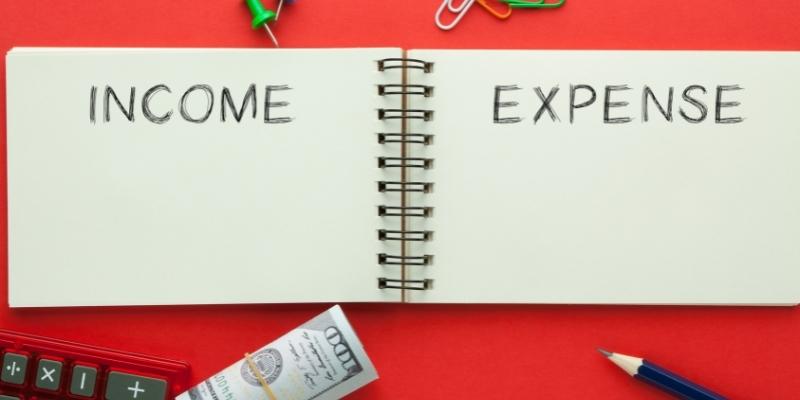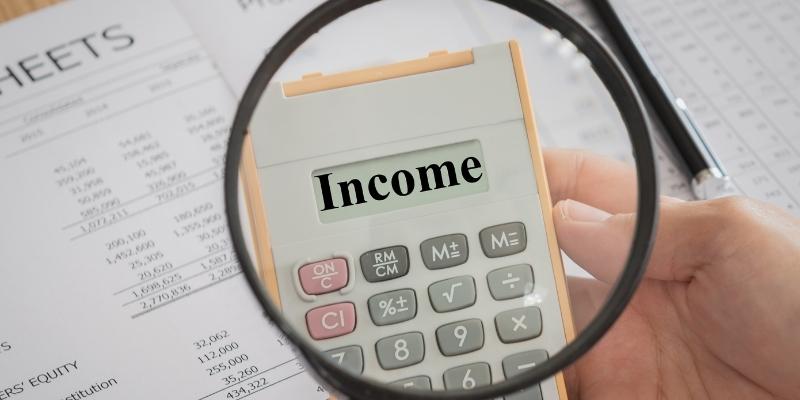Old Navy Visa Review: The Pros And Cons Of Having One
Is the Old Navy Visa card worth signing up for? Read our detailed review to find out!
Susan Kelly
Sep 29, 2022
A portion of your monthly income probably goes toward obligatory payments like taxes and living expenses. Any funds remaining after these necessities have been met are considered discretionary income.
Federal student loan repayments may also be calculated as a fraction of your discretionary income. Thus, it is crucial to know about discretionary income, how to compute it, and much more.
The term “discretionary income” refers to the sum of money an individual has after deducting mandatory expenses like taxes and purchases like food, shelter, and clothing.
Spending on luxury items, vacations, and extraneous products and services is included in discretionary income. Companies that offer discretionary items continue to suffer the worst during market crises and recessions because discretionary revenue is the first to drop during a job loss or salary reduction.

For a market economy to survive, discretionary income is crucial. Increasing discretionary income is crucial to a successful economy because the increase in production and expenditure drives economic growth.
Money that is considered “discretionary” may be spent in three ways:
When people and families spend more of their discretionary income on non-essentials like entertainment, recreation, and luxuries, it benefits the companies that provide such things.
Profits generated by firms may be reinvested in expanding their operations, creating new employment, and raising average incomes. Furthermore, companies can return profits to shareholders, increasing their discretionary money.
When people put more of their discretionary income into savings and other forms of investment, it frees up money that may be put to use by companies. More employment and discretionary income may be created due to investing in these enterprises.
The investments are anticipated to give investors a return, increasing their future discretionary income.
Most people utilize a bank or other financial organization when they decide to save a larger portion of their discretionary income.
The banks’ primary source of revenue comes from the deposits and savings of their customers and the loans they provide to individuals who have an immediate need for the money. Borrowers might be either people or corporations and often invest money in activities contributing to economic growth.
You may determine your discretionary money monthly or yearly by simply deducting the cost of your essentials from your take-home pay. Here is a yearly example of the calculation:

Your discretionary income for an income-driven repayment plan is more than just the amount of money left over after you’ve paid your fixed expenses. A standard method is used to assess a borrower’s discretionary income to determine their student loan installments.
There are two techniques to determine your discretionary income:
A person’s discretionary income is not determined once and for all. Participants must update their income, household size, and place of residence annually to continue receiving benefits from an IDR plan. Monthly payments on an IDR plan are tied to your discretionary income, which might fluctuate depending on several factors.
Since the federal poverty rules are revised annually, your payout will probably shift from one year to the next.
If your income has increased, this will probably be reflected in your payments. However, your monthly payout may decrease if you switch from working full-time to part-time or lose your job entirely. However, even though jobless borrowers often have a $0 payment each month, that amount may still be used toward IDR cancellation.
You may have been eligible for a larger portion of federal poverty aid if you had a larger family or were married. The federal poverty threshold in 2022 is $13,590 for an individual but increases to $18,310 for a family of two.
After moving to a new state, you may notice a change in your regular payments since the poverty thresholds for the contiguous states differ from those for Alaska and Hawaii. Moving from California to Hawaii, for instance, might result in a smaller monthly payment since the poverty threshold in Hawaii is higher than in California.
With a federal income-driven repayment plan, your monthly student loan payments are determined mostly by how much discretionary income you have. However, if you alter your yearly income, family size, or state of residency, your discretionary income will also vary, and your monthly IDR payments will be adjusted accordingly.
You can better manage your monthly IDR payments, regardless of the ups and downs of life, if you know how to figure out how much discretionary money you have.
Old Navy Visa Review: The Pros And Cons Of Having One
Is the Old Navy Visa card worth signing up for? Read our detailed review to find out!
Bond Market vs. Stock Market: Overview
When discussing investments, we often compare stocks and bonds, even though they have very different risks, returns, and characteristics. Bonds are often sold over the counter rather than in a centralized place, while stocks typically trade on various exchanges.
A Comprehensive Guide to Collateralized Loan Obligations (CLOs)
Want to learn more about collateralized loan obligations (CLOs)? Here's your comprehensive guide, from what they are to why you might want to invest in one.
Why Is the Dow Jones Industrial Average (DJIA) Price Weighted?: An Overview
To attract investors and to make it simple to understand the concept of stocks in the beginning, DJIA is kept price-weighted



